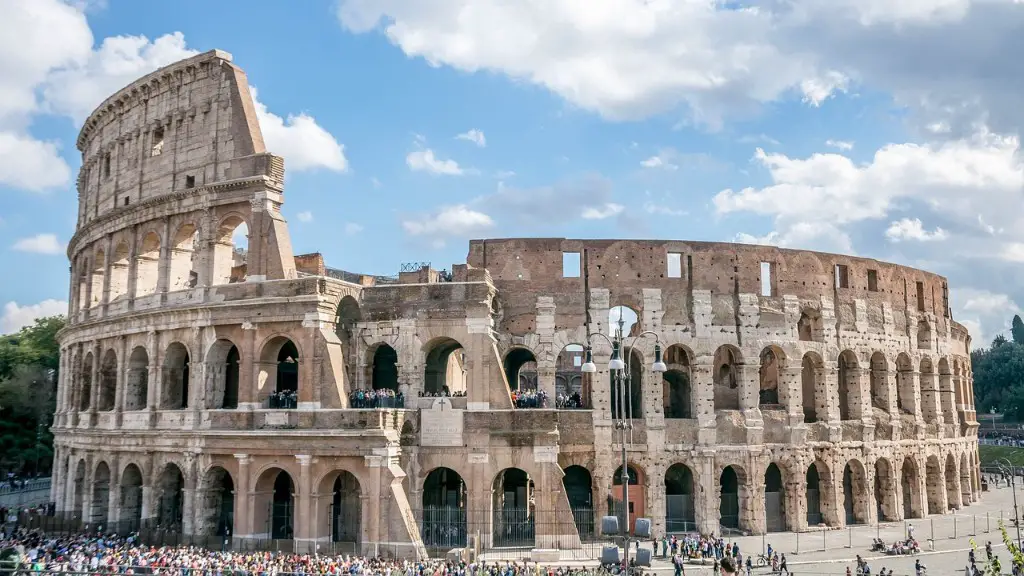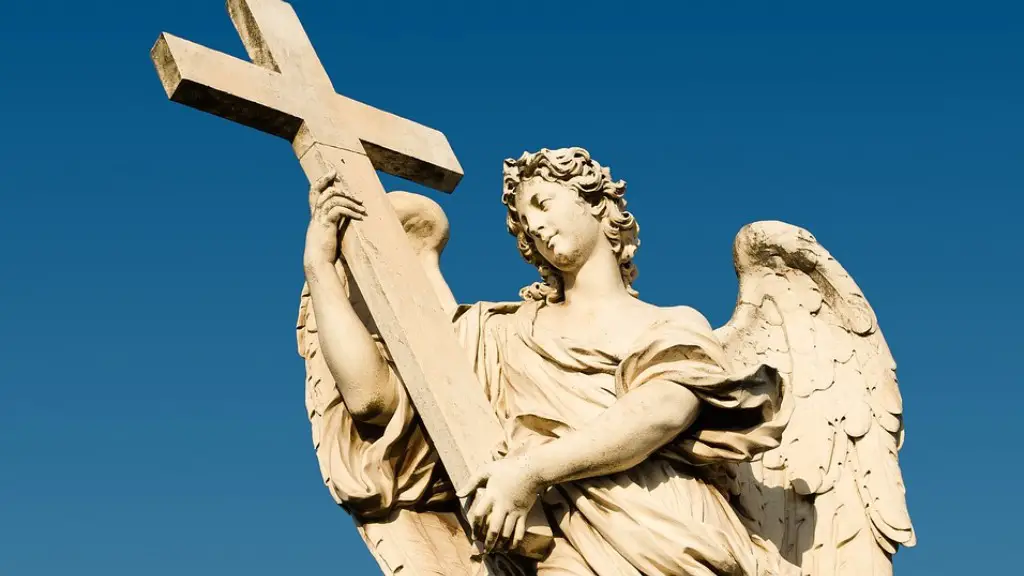Hunting was a popular pastime in ancient Rome, and many different animals were hunted. Some of the most common animals that were hunted were boar, deer, hares, and wild fowl. Hunting was often done for sport, but it also provided a source of food. Meat was a valuable commodity in ancient Rome, and so hunting was a way to acquire it.
Some of the animals that the ancient Romans hunted included: deer, wild boar, hare, fox, and bear.
What were animal hunts in ancient Rome?
Venationes were a popular type of public spectacle in ancient Rome that featured animal hunts. These contests between beasts or between men and beasts were staged in an amphitheatre, usually in connection with gladiator shows. These events were often quite brutal, with animals being killed or maimed in the process. However, the Roman people seem to have enjoyed these bloody spectacles, and they continued to be held until the fall of the Roman Empire.
The ancient Romans were quite fond of meat, and ate chicken, wild boar, suckling pig, beef, veal, lamb, goat, kid, deer, hare, pheasant, duck, goose, and capon (a castrated rooster), among other things. They particularly liked goose, which was prepared in a number of ways with different sauces.
What wild animals were in ancient Rome
The animals mentioned in the topic were native to Rome and other animals were introduced following conquests abroad. Elephants, leopards, lions, ostriches and parrots were imported in the 1st Century BC followed by the hippopotamus, rhinoceros, camel and giraffe.
The ancient Greeks and Romans were great fans of dogs, and they saw the animal as a symbol of fidelity and attachment. Writers of all classes would celebrate the canine-human bond, and the dog was seen as a faithful companion.
Did the Romans fight lions?
The “venatores” and “bestiarii” were special classes of warriors who fought against wild beasts such as lions, crocodiles, bears, and elephants. This was a dangerous job and was usually only done by the most experienced and skilled warriors.
Tigers have been travelling extensively for centuries, and they were finally seen by the Romans in the first century BC. Even before the construction of the Colosseum, which started at the end of AD 70, the tigers had already made their way to Rome.
Did Romans eat horses?
The Romans had a complicated relationship with horses. On the one hand, they were revered as powerful and noble animals, and on the other, they were considered to be unclean and inedible. This ambivalence is reflected in the fact that while some horses were sacrificed to the gods, others were slaughtered and eaten as part of religious festivals.
The most famous example of a horse being sacrificed is the October Horse, which was a white stallion that was killed and had its blood drained as part of the festivities surrounding the harvest festival of Pomona. However, it is worth noting that the horse was not eaten and its meat was considered to be inedible.
Similarly, dogs were also sacrificed to chthonic deities as part of holocausts, but again, their meat was not eaten. In general, the Romans did not consume horse meat or dog meat, and these animals were typically only eaten by the lower classes or in times of scarcity.
The ancient Romans used a variety of animals for hunting, including but not limited to: rabbits, crocodiles, elephants, leopards, bears, tigers, hippopotamuses, wild goats, boars, dogs, lions and deer. Wolves were not used because they were held in religious significance by the ancient Romans.
What was the favorite meat of the Romans
Pork, especially sausages, was the most popular meat in ancient Rome. Beef was less common in Rome than in ancient Greece, and it is not mentioned by Juvenal or Horace. Seafood, game, and poultry, including ducks and geese, were more usual in Rome.
The Romans imported lions from Mesopotamia and North Africa to fight at the Colosseum. The animals were housed in imperial parks. The lions were brought to Rome for the purpose of entertainment and were not trained to fight.
What animals did gladiators fight?
Some gladiatorial contests included animals such as bears, rhinos, tigers, elephants, and giraffes. Most often, hungry animals fought other hungry animals. But sometimes hungry animals fought against gladiators in contests called venationes (“wild beast hunts”).
Exotic animals were considered a prestiege in ancient Rome. They were often used in parades and processions to show off the wealth and power of the ruling class. These animals were also often made to fight each other in bloody spectacles for the entertainment of the masses. While some of these animals were kept as pets by the wealthy, most were kept in captivity and subject to cruel treatment.
Did the Romans crucify dogs
The supplicia canum (“punishment of the dogs”) was an annual sacrifice of ancient Roman religion in which live dogs were suspended from a furca (“fork”) or cross (crux) and paraded. This practice was meant to appease the gods and ward off evil spirits. The dogs that were used in this sacrifice were usually stolen from neighboring households. This barbaric practice was eventually outlawed by the Roman Senate.
The Emperor Claudius was known for his cruelty, and one of his favorite pastimes was feeding his pet giraffe to the lions in his Coliseum. In front of a baying Roman public, Claudius would offer up his giraffe as a sign of his wealth and magnanimity. This cruel practice was eventually outlawed by the Emperor Constantine.
What is Rome’s national animal?
The myth of Romulus and Remus is one of the most famous stories in Roman history. According to the legend, the twins were suckled and cared for by a she-wolf after they were abandoned in the forest by their cruel uncle. The twins eventually went on to found the city of Rome.
The wolf is thus a symbol of the city of Rome and its founding myth. It is also a symbol of strength and resilience, as the twins overcame great odds to build Rome into a great empire. The wolf is therefore regarded as the national animal of Rome and a symbol of Italian pride.
There are few figures in history as reviled as Hannibal, the Carthaginian general who led an army across the Alps to invade Italy during the Second Punic War. For over a decade, Hannibal waged a brutal campaign against Rome, inflicting some of the heaviest defeats in the history of the Republic.
While his eventual defeat at the Battle of Zama ended his dream of conqueror, Hannibal’s legacy has endured as one of Rome’s greatest enemies. His military genius and tactics have been studied and admired for centuries, making him one of the most feared and respected generals of all time.
What animal saved Rome
The Roman goddess Juno is known for her protection of the city of Rome, and the legend of the Roman geese is a perfect example of this. According to the legend, the Gauls attempted to sneak into Rome under cover of night, but the honking of the Roman geese alerted the Romans and saved the city. In honour of this, the Romans later founded a temple to Juno, to whom the geese were considered sacred.
The crocodiles and hippopotami that Marcus Aemilius Scaurus brought back to the capital in 58 BCE were especially fascinating to the Romans. These animals came to the empire through its exploration and dominance over the Egyptian Nile. The crocodiles and hippopotami were a symbol of the Roman empire’s power and its ability to tame even the most dangerous of creatures.
Conclusion
There is not a definitive answer to this question as the ancient Romans would have hunted a variety of animals depending on the location and time period. However, some of the animals that they are known to have hunted include deer, wild boar, and hare.
The ancient Romans hunted a variety of animals for food, sport, and other purposes. Some of the animals they hunted included deer, rabbits, boar, and birds. They also hunted larger animals such as lions and elephants. Hunting was a popular pastime among the ancient Romans and was often done in groups.





